Top 6 Cameras for Vlogger - Quick List
The best cameras for vlogging are one-stop shops for serious video creation. An ideal vlogging camera is actually quite a complex proposition, as it's got to have a powerful suite of video options, while also being portable and straightforward enough for a single person to operate it.
This does give you quite a bit of flexibility though, and a good vlogging camera can mean a lot of different things, from sophisticated mirrorless systems to palm-sized waterproof action cameras.
SPECIFICATIONS
REASONS TO BUY
REASONS TO AVOID
The Panasonic Lumix GH6 is a near-peerless filmmaker's camera. Though all of the company's Micro Four Thirds G-series cameras have pretty impressive video features, the GH series is where the tech is really being pushed forward in exciting new ways.
Some would dismiss the Lumix GH6 on account of its comparatively small MFT sensor, but that would be a mistake – the Lumix GH6 is one of the best consumer video cameras you can buy right now, and it's only its price and complexity that stop it being the top camera on this list.
It's not exactly pitched toward casual vloggers. The Lumix GH6 has a stacked sensor with lightning-fast readout speeds, meaning it can record high-quality video internally, without the need to hook it up to a video recorder. Highlights include 5.7K 30p internal video in ProRes 4:2:2 HQ, 4:2:0 10-bit Cinema 4K 60p internal (with simultaneous 4:2:2 HDMI output), and 5.8K 10-bit anamorphic using the full sensor area.
If you don't know what those terms mean, then congratulations, you've just saved yourself two grand, and one of the cheaper cameras on this list will do just fine. If you do, then we can assure you that this might just be the camera you've been waiting for.
2. Olympus OM-D E-M5 Mark III
There's not much to dislike about this camera and it's fantastic for vlogging
SPECIFICATIONS
REASONS TO BUY
REASONS TO AVOID
The third version of the camera that put Olympus on the mirrorless map is a truly fantastic option for vlogging. It doesn't have the 4K 60p capability of Panasonic Micro Four Thirds rivals like the Lumix GH5 II, but 4K 30p is enough for most vloggers, and the Olympus wins for autofocus, using on-sensor phase-detect AF rather than the DFD contrast AF system still used by Panasonic.
For regular filmmaking, this is less of an issue (as "proper" videography should be done with manual focus), but vlogging leaves you at your camera's mercy to keep you in focus – and Panasonic's DFD contrast AF is prone to pulsing, hunting and reprioritizing.
The E-M5 Mark III delivers crisp, clean 4K video with rock-solid image stabilization and phase detect AF that won't let you down – and its stills photography performance is top-notch as well.
SPECIFICATIONS
REASONS TO BUY
REASONS TO AVOID
The Fujifilm X-S10
is such a great camera in our eyes it even came first place in our best Fujifilm cameras guide. It doesn't have the external exposure dials you'd find on the Fujifilm X-T4 which might disappoint hardcore Fujifilm fans, however, it's still an impressive bit of kit.
It features a flip-out screen (which is what makes it so good for vlogging), can shoot 4K video, and has 6 stops of in-body stabilization. Should you also want to take photos thanks to its 26.1-megapixel APS-C sensor it can produce beautiful, high-quality images.
For the feature, size, and handling, this is probably the best APS-C camera you can buy at this price point.
4. Panasonic Lumix S5
As long as you're not trying to shoot handheld selfies, the S5 is serious but of kit
SPECIFICATIONS
REASONS TO BUY
REASONS TO AVOID
The Lumix S5 might be on the larger size for a vlogging camera, but with a full-frame sensor, 6.5 stops of image stabilization, and a weather-resistant body we think it deserves a spot on this list.
Even though the Panasonic GH6 is a lot newer, you got a lot of cameras for the same money as the Lumix S5 and it's much better in low light thanks to its full-frame sensor. It has a fully articulated screen which makes it perfect for self-recording, 14+ stops of dynamic range, and 4K video.
Perhaps the only downside to this powerhouse of a camera is that it uses contrast AF rather than phase-detect AF which is often not as responsive. If you want a camera that's going to be good for stills and video, the Lumix S5 offers 96MP high-resolution RAW+JPEG capture.
If you're a serious filmmaker then perhaps the feature set of the Lumix GH6 will tempt you more but we think the Lumix S5 gives you a heck of a lot for your money.
5. Sony A6400
The design might be a little outdated but the specs are still pretty impressive
SPECIFICATIONS
Type: MirrorlessSensor: APS-CMegapixels: 24.2MPLens mount: Sony EScreen: 3-inch tilting touchscreen, 921,000 dotsViewfinder: ElectronicContinuous shooting speed: 11fpsMax video resolution: 4K
REASONS TO BUY
+Image quality and resolution+4K video performance+Sophisticated autofocus
REASONS TO AVOID
-Design feels dated-Tilting screen not vari-angle
The Sony A6400's front-facing camera makes it perfect for single-handed video shooters who need to talk directly at the camera. It has a 180-degree flip front-facing screen rather than a vari angle which would've been better but if you just need to see yourself, it shouldn't matter too much.
If you're a multi-media content creator, the A6400 is also a great stills camera as well as able to deliver 4K video. We're not sold on the design, it's practically the same as when the A6000 was released and it's starting to feel a bit outdated.
However, we can just about let that slide due to its state-of-the-art focusing system and impressive Eye-AF performance. Since its release, Sony has also brought out the slightly cheaper A6100 and the more advanced A6600 but for us, we think the A6400 hits the sweet spot for vloggers when it comes to cost and quality.
6. Canon EOS M50 Mark II
It might not have 4K video but that will save on memory and transfer time
The Sony A6400's front-facing camera makes it perfect for single-handed video shooters who need to talk directly at the camera. It has a 180-degree flip front-facing screen rather than a vari angle which would've been better but if you just need to see yourself, it shouldn't matter too much.
If you're a multi-media content creator, the A6400 is also a great stills camera as well as able to deliver 4K video. We're not sold on the design, it's practically the same as when the A6000 was released and it's starting to feel a bit outdated.
However, we can just about let that slide due to its state-of-the-art focusing system and impressive Eye-AF performance. Since its release, Sony has also brought out the slightly cheaper A6100 and the more advanced A6600 but for us, we think the A6400 hits the sweet spot for vloggers when it comes to cost and quality.
6. Canon EOS M50 Mark II
SPECIFICATIONS
Type: Compact-shape CSCSensor: APS-CMegapixels: 24.1MPScreen: 3.0-inch 1,040k tilt touchViewfinder: 0.39-type OLED EVF, 2.36 million dotsLens: Canon EF-MContinuous shooting speed: 10fpsMax video resolution: 4KUser level: Beginner/intermediate
REASONS TO BUY
+Fully articulating touchscreen+Lightweight and portable+Brilliant Dual Pixel AF in 1080p
REASONS TO AVOID
-No Dual Pixel AF = iffy focus in 4K-4K invokes significant crop
The Canon EOS M50 Mark II isn't the wholesale upgrade over the original Canon EOS M50 that many were hoping for, but it's an excellent hybrid mirrorless camera that performs well for stills and video.
Its 4K capabilities carry a number of caveats; Canon's brilliant Dual Pixel AF is replaced by contrast-detect AF when not shooting in 1080p, and shooting in 4K also results in a significant crop factor. Thus, we can't recommend this camera if you intend to film a 4K video.
However, if you want to shoot 1080p and you're looking for a powerful, easy-to-use body with great autofocus that's at home with run-and-gun videography, vlogging, and creating for TikTok and Instagram, the M50 Mark II is in its element. Canon certainly offers more powerful APS-C cameras, such as the Canon EOS M6 Mark II, which deliver superior results in both stills and video (especially in 4K).
However, the M50 Mark II's party trick is its perfectly pitched performance-to-price ratio. This is an affordable, powerful, compact, and easy-to-use camera that's ideal for travel and everyday photography, as well as all manner of content creation.
The Canon EOS M50 Mark II isn't the wholesale upgrade over the original Canon EOS M50 that many were hoping for, but it's an excellent hybrid mirrorless camera that performs well for stills and video.
Its 4K capabilities carry a number of caveats; Canon's brilliant Dual Pixel AF is replaced by contrast-detect AF when not shooting in 1080p, and shooting in 4K also results in a significant crop factor. Thus, we can't recommend this camera if you intend to film a 4K video.
However, if you want to shoot 1080p and you're looking for a powerful, easy-to-use body with great autofocus that's at home with run-and-gun videography, vlogging, and creating for TikTok and Instagram, the M50 Mark II is in its element. Canon certainly offers more powerful APS-C cameras, such as the Canon EOS M6 Mark II, which deliver superior results in both stills and video (especially in 4K).
However, the M50 Mark II's party trick is its perfectly pitched performance-to-price ratio. This is an affordable, powerful, compact, and easy-to-use camera that's ideal for travel and everyday photography, as well as all manner of content creation.
WHAT TO LOOK FOR IN A VLOGGING CAMERA
1) External microphone port
When it comes to producing professional-looking videos you'll need good-quality audio. In-camera mics are ok but you'll want to use an external mic if you plan on recording audio so make sure to invest in a camera with a mic input.
2) LCD screen that can flip round to the front:
A fully articulated screen is essential if you want to record yourself talking to the camera. It takes away any guesswork involved and ensures the framing of the shot is just right. Most of the time you can get away with just having a tilting screen but vlogging is the one area of photography and videography where a front-facing screen is a must.
3) AF system with effective tracking:
If you plan on recording yourself while moving away, you'll need a camera that has responsive AF tracking. Since you won't actually be able to change the focus point while filming, you'll want to use eye or face AF so that the focus is always on you. This is when cameras with phase-detect AF are particularly good as they are much more consistent with moving images, unlike contrast-detect which has a tendency to hunt and drift.
4) 4K video
You can probably get away with a camera that doesn't have 4K capabilities however, technology is advancing so quickly you may as well future-proof your purchase. Even if you shoot in 4K, you can upload in 1080p to save on time but at least you have that option. You can crop into 4K, reframe your video, and still output at 1080p so it's more flexible to get a camera that is 4K ready.
5) Great stills quality
Chances are if you're a vlogger you'll have an Instagram account and want to be able to capture stills as well as videos. Nobody wants to carry around two cameras if you can get one that will do both jobs equally well. Of course, some of the best camera phones will be great for creating content, but they'll never be as good quality as an actual camera.
Hope it Helps You All!
1) External microphone port
When it comes to producing professional-looking videos you'll need good-quality audio. In-camera mics are ok but you'll want to use an external mic if you plan on recording audio so make sure to invest in a camera with a mic input.
2) LCD screen that can flip round to the front:
A fully articulated screen is essential if you want to record yourself talking to the camera. It takes away any guesswork involved and ensures the framing of the shot is just right. Most of the time you can get away with just having a tilting screen but vlogging is the one area of photography and videography where a front-facing screen is a must.
3) AF system with effective tracking:
If you plan on recording yourself while moving away, you'll need a camera that has responsive AF tracking. Since you won't actually be able to change the focus point while filming, you'll want to use eye or face AF so that the focus is always on you. This is when cameras with phase-detect AF are particularly good as they are much more consistent with moving images, unlike contrast-detect which has a tendency to hunt and drift.
4) 4K video
You can probably get away with a camera that doesn't have 4K capabilities however, technology is advancing so quickly you may as well future-proof your purchase. Even if you shoot in 4K, you can upload in 1080p to save on time but at least you have that option. You can crop into 4K, reframe your video, and still output at 1080p so it's more flexible to get a camera that is 4K ready.
5) Great stills quality
Chances are if you're a vlogger you'll have an Instagram account and want to be able to capture stills as well as videos. Nobody wants to carry around two cameras if you can get one that will do both jobs equally well. Of course, some of the best camera phones will be great for creating content, but they'll never be as good quality as an actual camera.




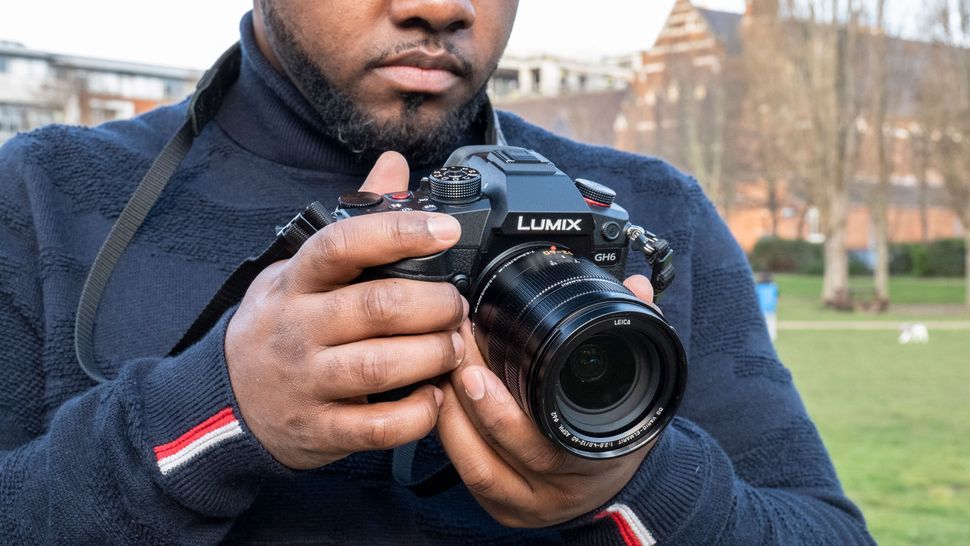
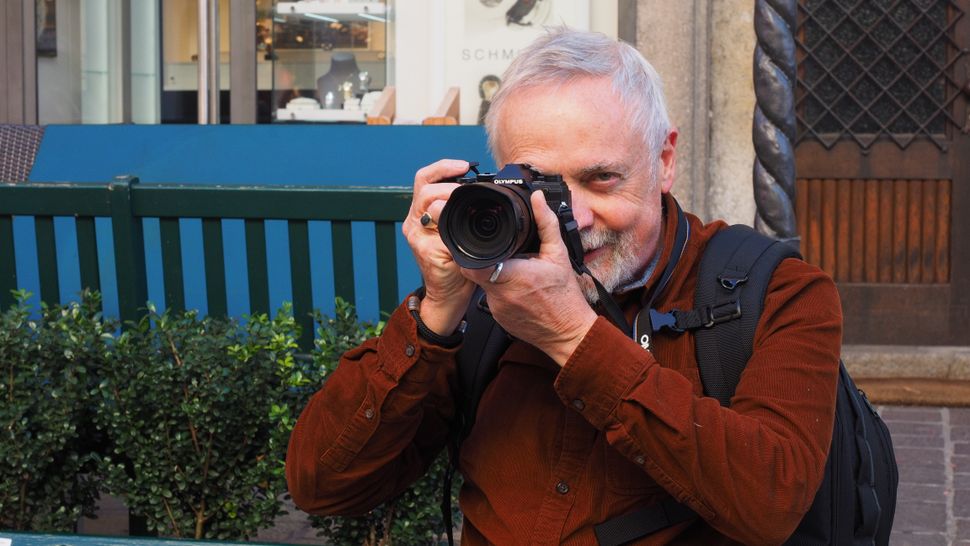
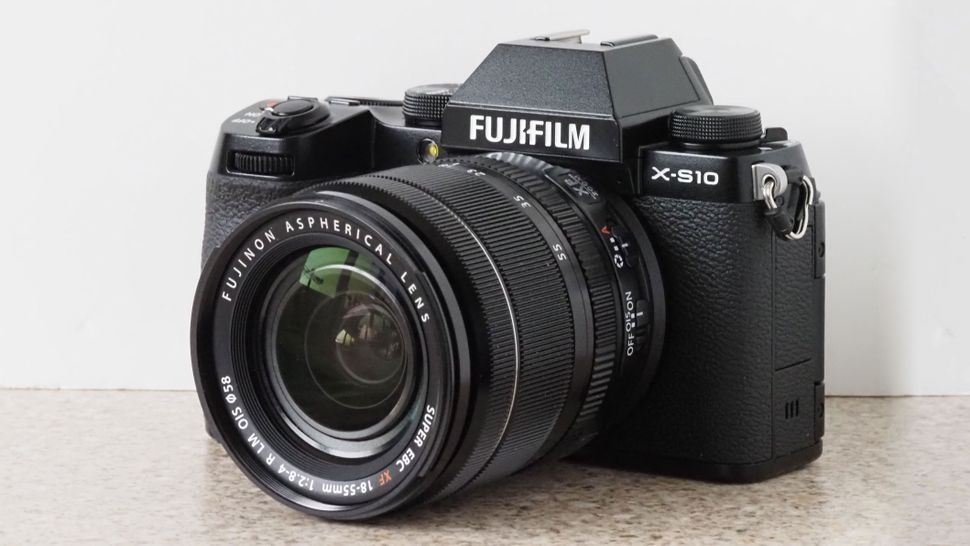

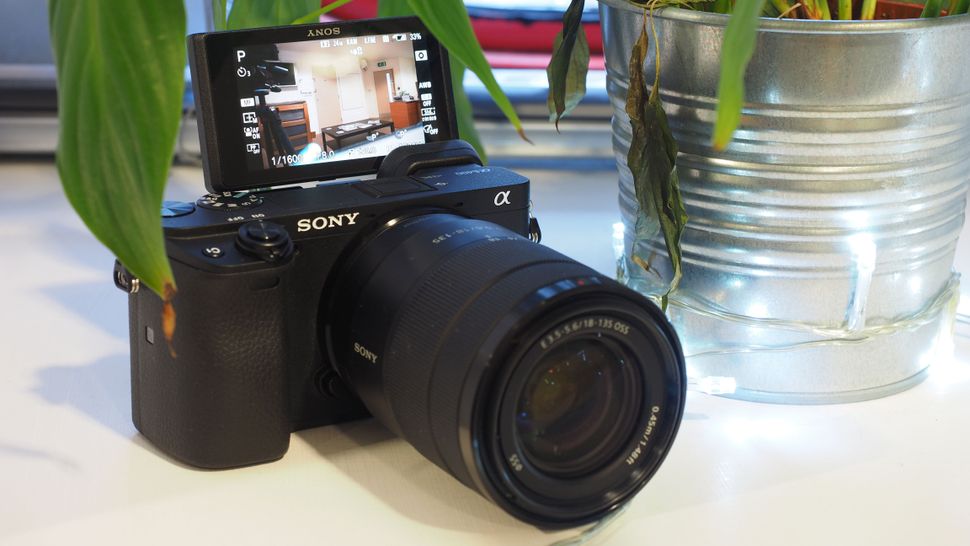
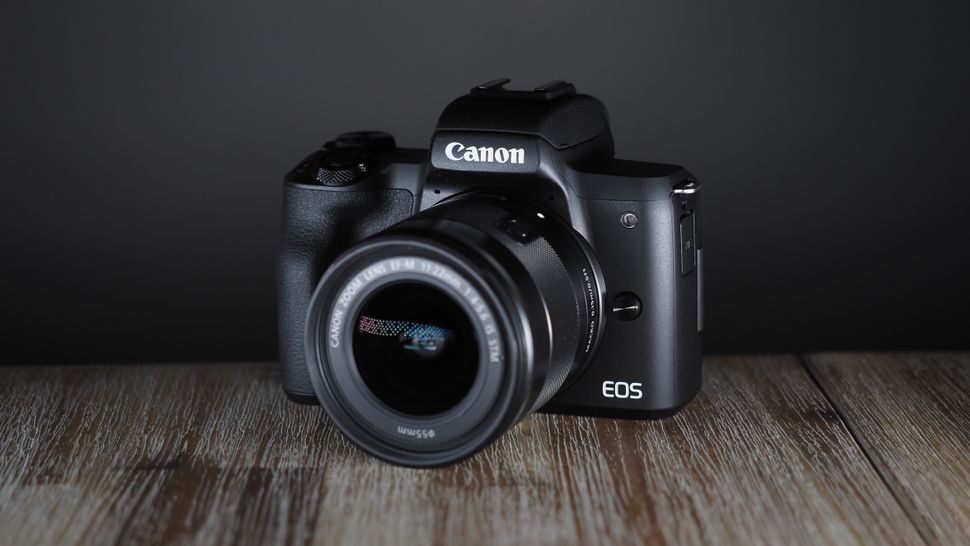

0 Comments